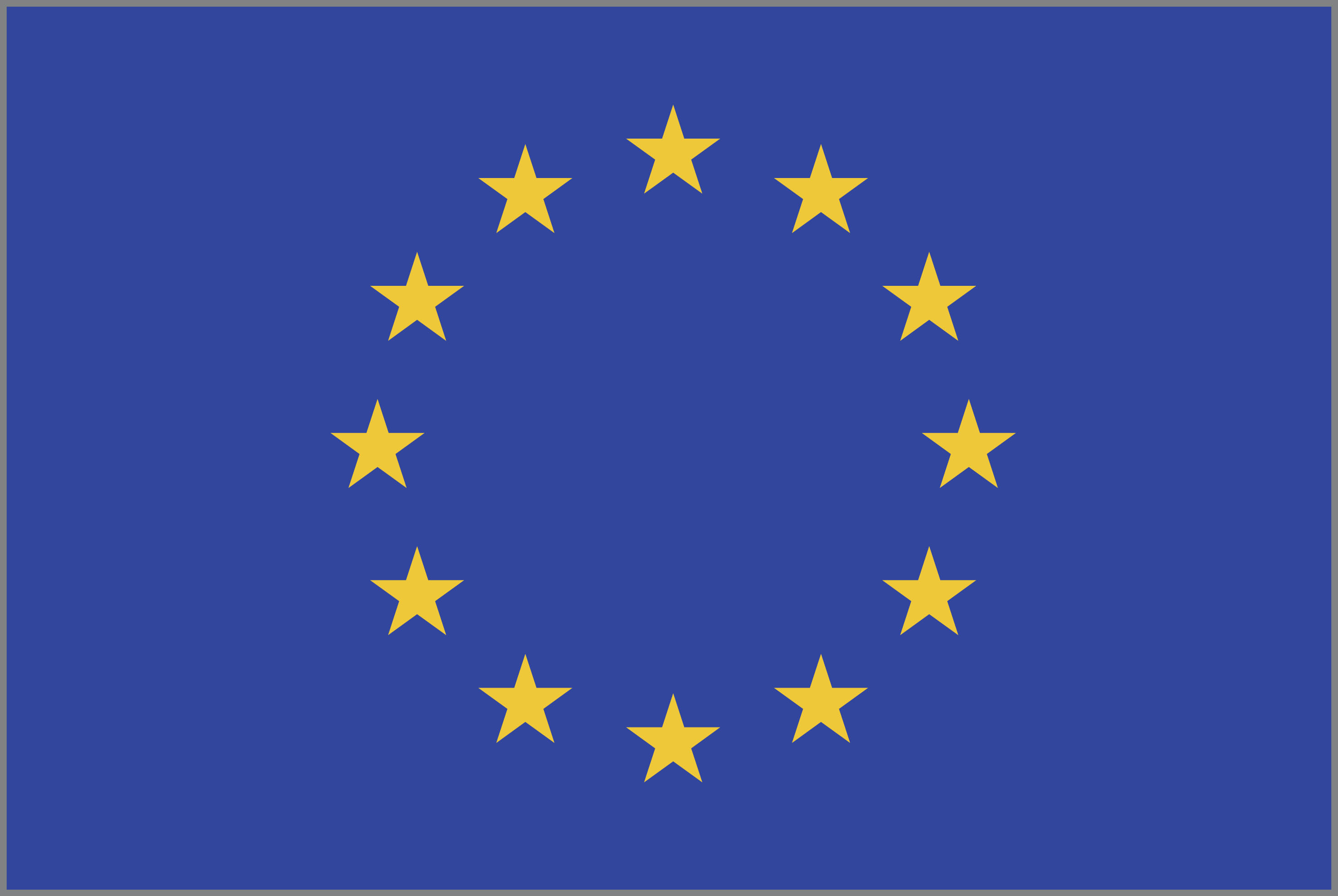
The EU’s 27 member states formally adopted their European Peace Facility (EPF) on 22 March, thus enabling the bloc to purchase military equipment and supplies on behalf of weak states, particularly in Africa. The decision brings the new policy tool – first proposed in June 2018 – immediately into force.

EU member states approved the EPF on 22 March. (Getty Images)
Durable peace “can only be built by investing in international stability and security”, Portuguese Foreign Minister Augusto Santos Silva announced after the decision by EU foreign ministers. “The EPF will allow us to tangibly support our partner countries in addressing shared security challenges.” His government steers the EU’s rotating six-month presidency until 1 July.
Lying outside the EU’s formal budget, the EPF’s EUR5 billion (USD5.9 billion) fund will be financed directly from the 27 member states’ national treasuries but is aligned with the EU’s new 2021–27 operating period. It will enable the EU to support international peacekeeping operations in partner countries, for example, or boost the capability of national armed forces in weak or failed states. Concretely, that means the EU can use the EPC to supply military and defence-related equipment, infrastructure or assistance to third countries and international organisations.
Prior to the new instrument’s launch, Brussels could provide financial support only to African-led peace support operations such as those of the African Union or regional organisations across the continent via the EU’s African Peace Facility. Now, however, the EU can apply the EPF’s resources anywhere across the globe, although the main focus will be on Africa, according to EU officials.
Looking to read the full article?
Gain unlimited access to Janes news and more...


